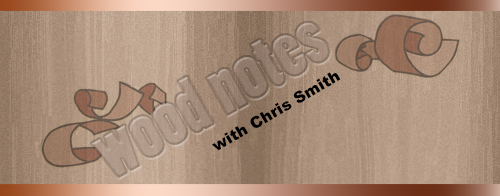
Every WOODWORKER knows that WOOD FINISHING is the most important part of the project. We’ve compiled a list of WOOD FINISHING advice & tips. We hope the list will give you added knowledge for your future woodworking projects!
Do you have any tips not listed here that you would like your fellow WOODWORKERS to know about? If so, leave it in the comments section! ![]()
- Remove glue splotches before staining (stain will not color glue).
- Use a low-angle light to identify glue splotches and blemishes.
- Seal resinous knots with a shellac-based sealer, such as Bullseye SealCoat
- Apply a filler, such as Behlen's Por-o-pac to open-grain woods (e.g., oak) for the smoothest possible finish.
- Use a test strip of wood to check the color and quality of the stain and top coat finish.
- Reduce stain splotching in pine by applying a "washcoat" sealer or a gel stain.
- Sponge wood and re-sand when dry to minimize grain-raising from water-based finishes.
- Sand end grain to a finer grit to prevent excessive stain darkening (or use gel stain).
- Apply a "washcoat" to end grain to prevent excessive stain darkening.
- Finishes containing oil (including varnish) yellow over time.
- Most woods darken as they age.
- Arrange pieces horizontally to reduce runs and sags (especially when brushing).
- Use shellac or lacquer if reparability and reversibility are most important, as these types of finishes allow for easier repair.
- Use water-base finish for low toxicity, non-yellowing, and ease of clean-up.
- Use lacquer or dewaxed shellac for the best clarity and rubbing qualities.
- Use pure oil finishes for the "natural" look (at the expense of protection).
- Use polyurethane if you want an inexpensive, very durable, very protective finish.
- Use spar varnish, paint, or outdoor specific oils for the most durable outdoor finishes.
About Chris Smith
Chris began his woodworking career early while in high school. With three years of woodshop class under his belt, he graduated in 1993 and then began work for a cabinet shop.
His work in the cabinet shop spanned over several years. He continued his skills in cabinetry on his own before joining Klingspor’s Woodworking Shop in 2001.
He found an immediate interest in woodturning while at Klingspor. But, for Chris, it is more than just woodturning as he finds enjoyment in all aspects of woodworking. He has a wealth of 20 years experience in cabinetmaking, furniture building, woodturning, and more.

2 comments:
Great post. I just got unfinished furniture and wood finishing is something I know nothing about. This is very helpful, thanks for sharing.
We are glad that you found this post helpful! Please check back when you are able. The next Wood Notes post will happen in November.
Post a Comment